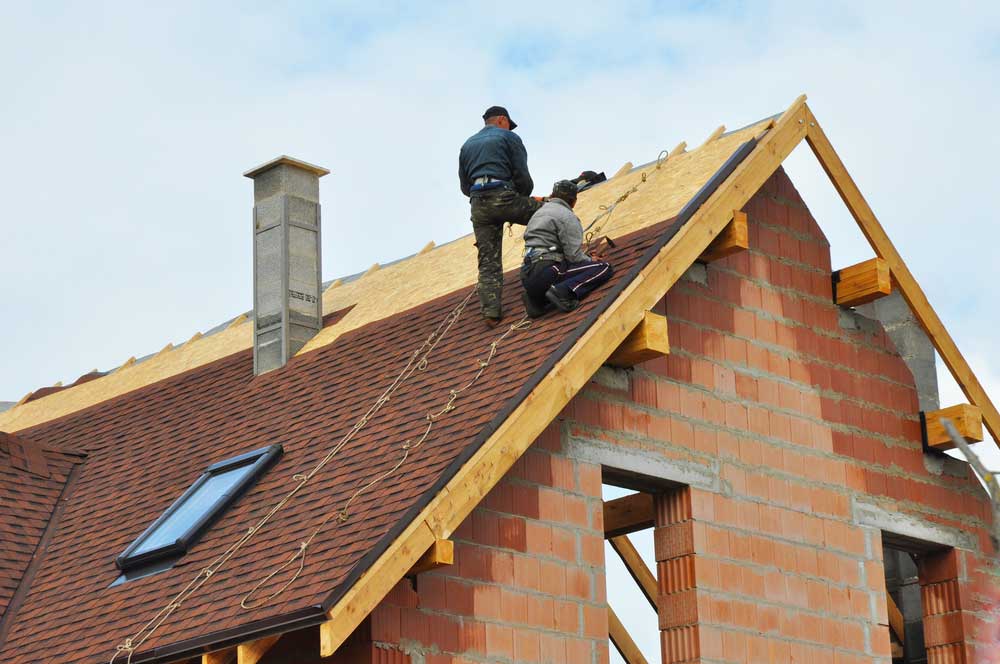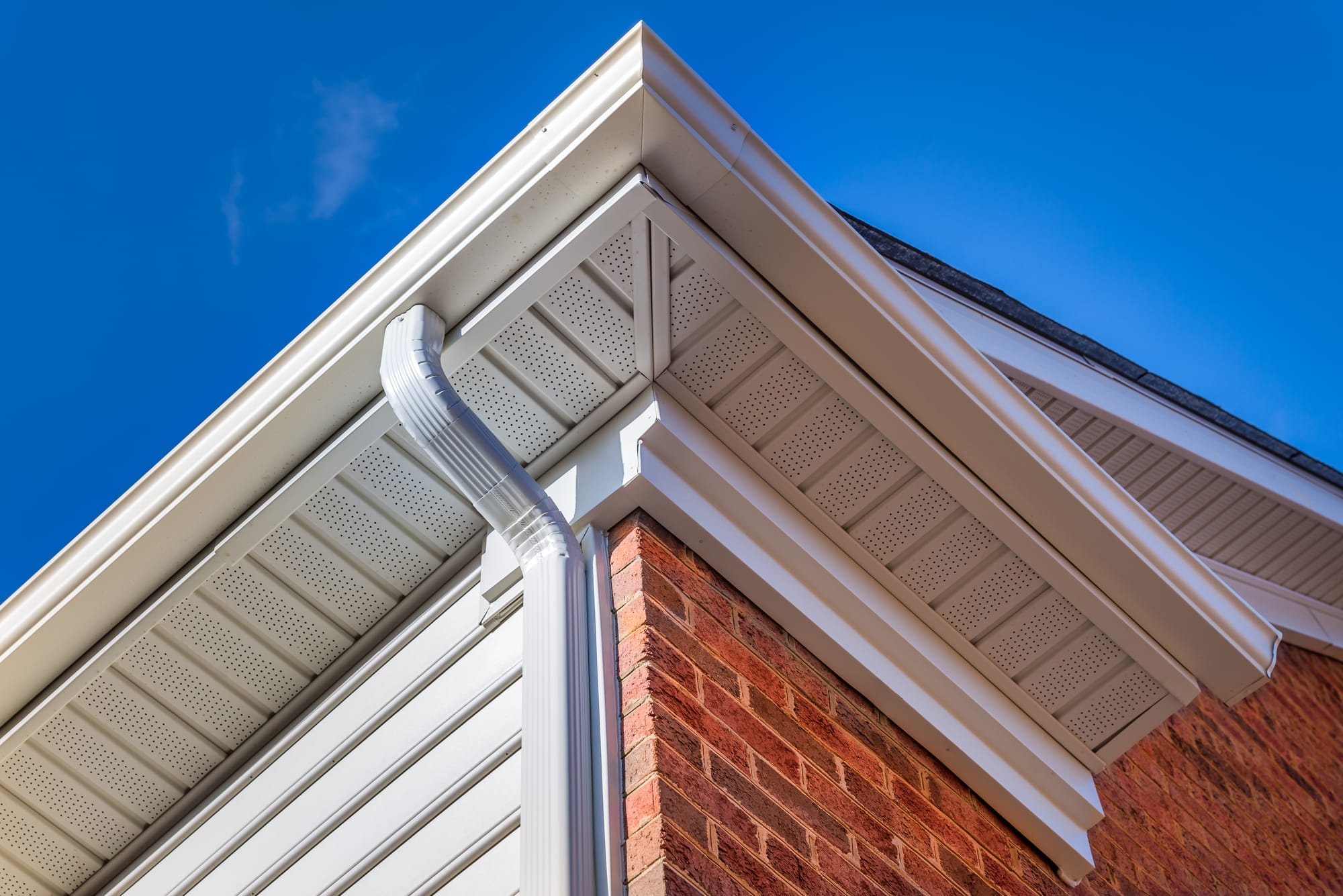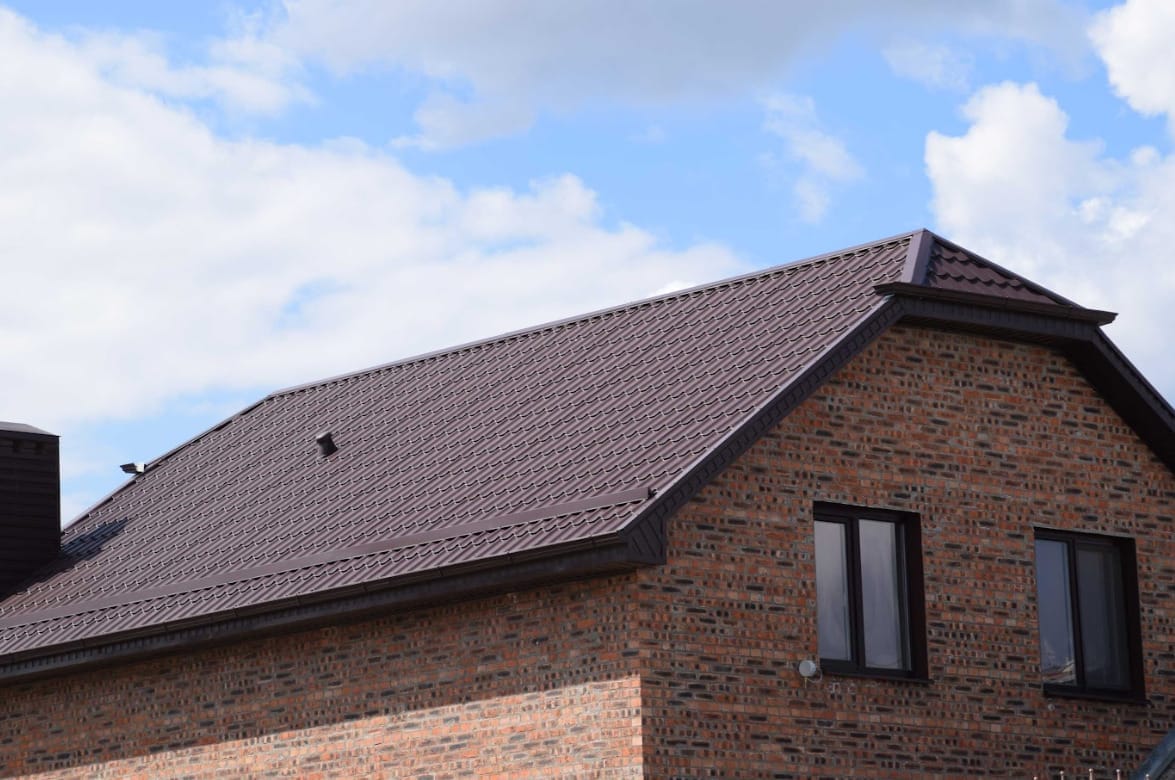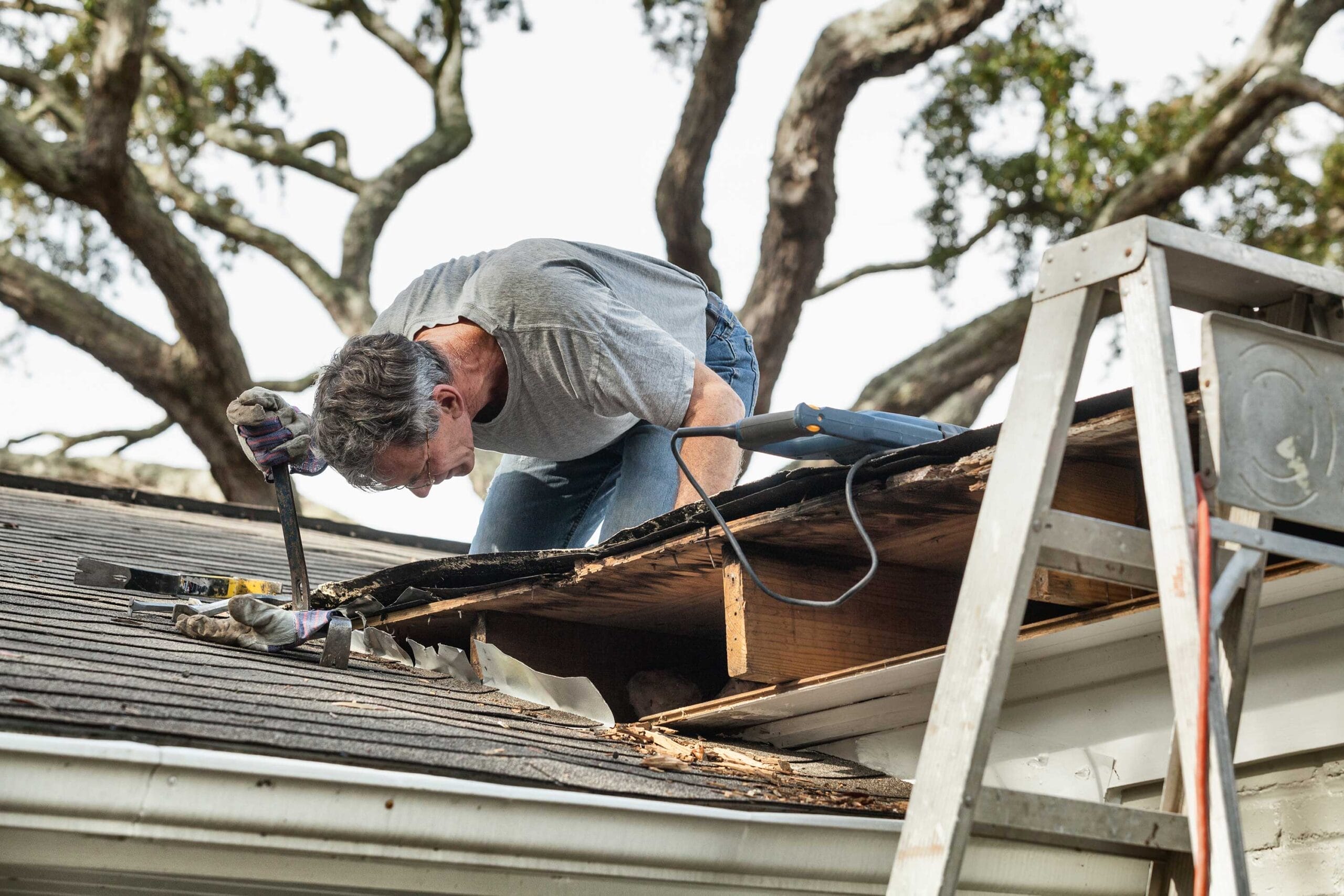
Like all parts of a home, skylights have lifespans, but there is one instance that may disrupt the tenure of a skylight: roof replacement. Having to install a new roof is a significant construction job that requires a lot of strain on the components that protrude through the roof decking. Many homeowners ask if they need their skylights replaced while others have no clue that it’s a big debate. If you look around online, you’ll see a good deal of debate on this subject. Roofers, handymen, DIY warriors, and homeowners often chime in with conflicting answers like:
- Your skylights will be fine.
- Just add extra caulking around the skylights.
- You’ll need new flashing around the skylights.
- Always replace skylights when installing a new roof.
- Only replace certain types of skylights like the bubble kind.
As an expert roofing contractor, we can safely say that only one of these is the correct answer…
Lorem ipsum dolor sit amet, consectetur adipiscing elit. Ut elit tellus, luctus nec ullamcorper mattis, pulvinar dapibus leo.
ALWAYS GET SKYLIGHTS REPLACED WHEN GETTING A ROOF INSTALLED!
We can’t stress this enough! A roof replacement is a big deal. The tear-off phase is certainly going to disturb your skylights. There are no kitten gloves that can stop this. Even the best and newest skylights stand a large statistical chance of being compromised. Wood frame, bubble and plastic panes, and skylights that open are extremely likely to fail within a year of a roof installation.
What can Go Wrong with Skylights?
There are several sealing points that can be disturbed enough to let moisture in. As always, once moisture gets a foothold, it begins to cause one of several things:
- Leaking – Water immediately finds the quickest route in. This is a physical leak that one can observe dripping. A busted seal can be impossible to detect while a roof is replaced. If the problem is small, it will lead to another issue.
- Warping of moistened material – In conjunction with hot and cold temperatures creating swelling, the area affected grows over time. Typically, within a year of your roof replacement, this warping will lead to water staining the ceiling as well as the possibility of actual leaking.
- Rotting – Should rot or mold find a foothold, the rate at which the affected area swells can be intensified, and leaking will surely occur within less than 1 year.
Why Doesn’t New Caulking and New Flashing Help?
There are too many points that could have been blown below these top most protective points. These first defenses do fine with vents and chimneys, but tend to do a poor job securing a skylight for long due to the nature of the skylight being a large, heavy and usually almost flush port in a roof.
Is There Any Circumstance in Which a Skylight Can Survive a New Roof?
Obviously, there is always a chance any skylight can make it through a tear-off, but there is only one scenario in which there’s a fighting chance that a skylight will make it. If the skylight meets these points, I’d give it a better than 60 percent chance of survival:
- The house was designed and built with it.
- It is static (non-opening).
- It is a top brand.
- There is no wood used in its construction and boxing.
- The pains are glass.
- It is no more than 10 years old.
How many times do we see this scenario? Pretty much never as most roofs are over 12 years old by the time they need replacing.
Who’s at Fault for a Leaky Skylight That Isn’t Replaced After a Roof Installation?
Any good roofer will insist that homeowners have their skylights replaced no matter what. A top roofer will not make it mandatory, but they will outline the seriousness of the situation. Ultimately, homeowners are responsible for their skylights, but a solid roofing contractor will always inspect the area if called on to do so after the fact, and provide recommendations.
A SKYLIGHT THAT FAILS A YEAR AFTER A ROOF IS INSTALLED CREATES ANOTHER PROBLEM!
It may cost a bit less to have a skylight installed during a roof replacement because it’s easier to put it in while the decking is bare. If this isn’t done and leaking ensues a year later, there is going to be a big problem. It won’t be the cost or the hassle, but the fact that now your roofing system will need to be disturbed to repair or install new skylights. Just as the skylights were compromised, now too your roof will face similar issues with blown seals.
What Skylights do we recommend?
We prefer using VELUX skylights because they have a reputation of quality and a track record to back it up. They pretty much do one thing: sell skylights. The flashing and counter flashing that VELUX uses has been carefully designed and vetted to ensure a leak proof design, but the flashing is only one of three parts of the VELUX installation method.
When we install a VELUX skylight, there are three main steps that, when done correctly, will ensure the skylight won’t leak.
- The deck seal is nailed to the roof-deck for an airtight seal.
- Ice and Water Shield Underlayment is installed, covering the sides of the skylight and about 6 inches around the skylight on the roof-deck.
- Install the flashing.
Having three systems all working independently to prevent leaks of air or water is the reason VELUX can confidently call their skylights “No Leak.” The VELUX deck and curb mounted product family carries a 10-year installation warranty plus 20 years on glass, 10 years on product, and 5 years on shades and controls.







